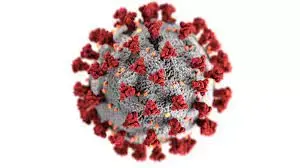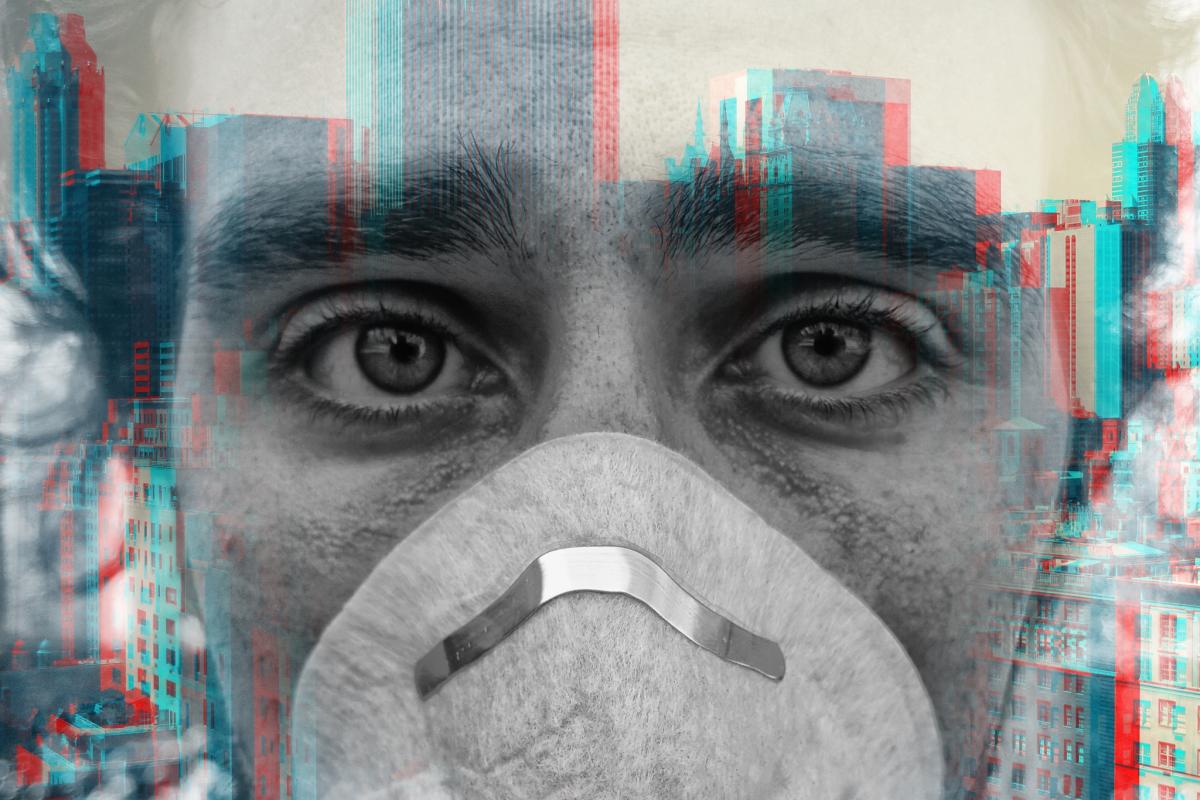But XBB.1.16 may not be just another run-of-the-mill Omicron. Dr. Vipin Vashishtha—a pediatrician in India and former head of the Indian Academy of Pediatrics Committee on Immunization—tweeted Thursday that pediatric cases of COVID are on the increase for the first time in six months, and that “an infantile phenotype seems emerging.”
The symptoms he’s now seeing among children:
- High fever
- Cough
- “Itchy” conjunctivitis—or pink eye—without pus, but with “sticky eyes”
The latter symptom hasn’t been seen in earlier COVID waves, he noted.
XBB.1.16 is a recombinant of two descendants of so-called “stealth Omicron” BA.2. A preprint study updated Sunday from scientists at the University of Tokyo suggests that it spreads about 1.17 to 1.27 times more efficiently than relatives XBB.1 and XBB.1.5, also known as "Kraken," which currently dominates U.S. cases.
XBB.1.16’s increased ability to outpace other variants suggest that it “will spread worldwide in the near future,” researchers wrote, adding that the variant is “robustly resistant” to antibodies from a variety of COVID variants, including “stealth Omicron” BA.2 and BA.5, which surged globally last summer.
That means it could cause cases to rise again, even in areas that have recently seen increased COVID infections—especially if those infections stemmed from either BA.2, BA.5, or their descendants.
New variants may not always cause “waves” of cases anymore. That’s because a continual parade of new Omicron variants creates a baseline of infections that remains “unsustainably high,” Gregory says.


I can only think of the Hank Scorpio episode of the Simpsons